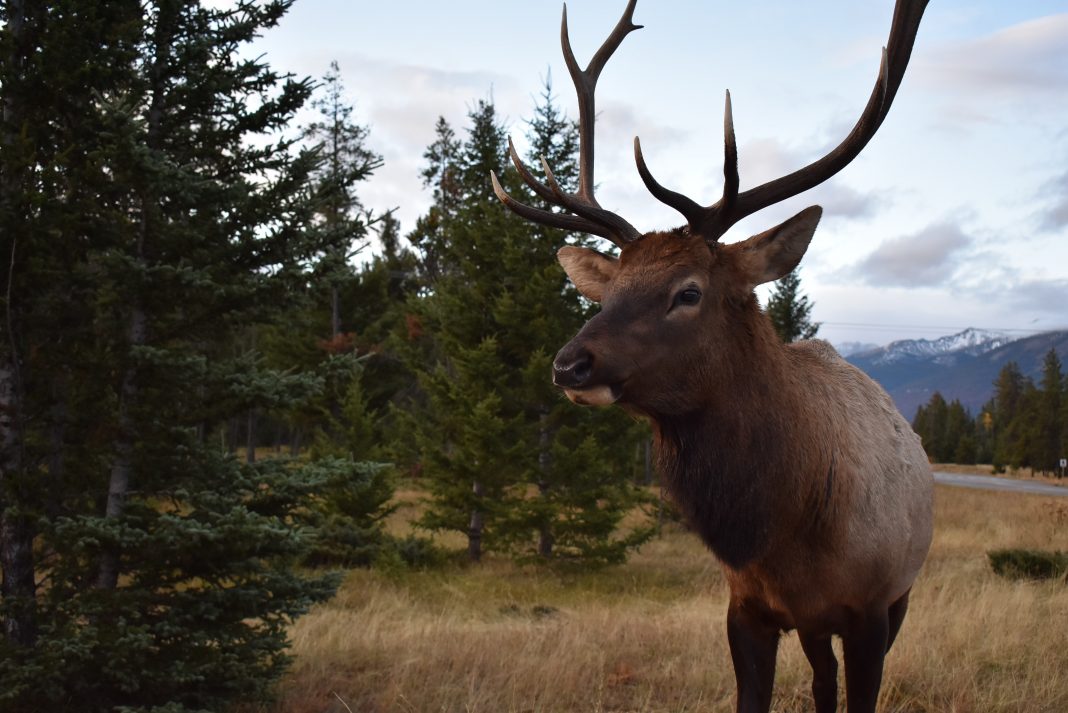Montana FWP has released an in-depth CWD report. The report contains findings and data from over the last 4 years. Likewise, the report splits the infected rates into groups of each species.
In mule deer, the state has found that the disease prevalence ranges from 1% – 7% depending on the area. The CWD report also shows that mature buck mule deer are 3.8 times more likely to have the disease than adult females. The report also confirmed what many officials believed, the disease is more prevalent in adult deer than young deer. Hunt regions 5 and 7 had the largest prevalence of the disease in mule deer. Officials have stated that if the prevalence of CWD gets over 5% it enters into exponential growth and it spreads much quicker.
Montana Whitetail and CWD
The CWD report also covers the infected rate of whitetails in the state. Whitetails seem to have a prevalence rate of between 1% – 25% depending on the area. The report also states the prevalence of the disease in buck and doe whitetails is very similar, unlike what they found in mule deer. A couple of the CWD hotspots for whitetails are around the town of Libby and in hunt region 3. Hunt units 322,324, and 326 had the highest prevalence in harvested whitetail deer (between 22% – 28%). In response to the high prevalence of CWD in the area, FWP authorized late-season whitetail hunts to thin the population density. Ehuntr covered those new hunts, you can read more about them by clicking here.
“An analysis of all data collected from 2017-2021 from hunter-harvested deer in CWD-positive hunting districts suggests several state-wide patterns of infection across species, sex, age class, and geographic area. The Libby CWD Management Area and the Southwestern Montana CWD Management Hunt Area contain significant hotspots of CWD among white-tailed deer. Outside of these two areas, CWD prevalence did not significantly differ by deer species.” – From the CWD report.
No elk tested positive for CWD in 2020. However, a few moose have tested positive for CWD over the years. Ehuntr also covered CWD in Montana moose, you can find that article here.
The CWD report also discussed the testing process going forward. Hunt units that have had a positive CWD test will have increased testing. Likewise, testing will increase in hunt units within a 40-mile “buffer” radius of a positive test. Hunt units without a positive test will still be tested at their current rates. Hunters can also have their own samples tested no matter where the animal was taken in the state. However, they will need to send their own samples to the testing facility.
If you’re interested in finding out more about CWD in Montana you can visit the FWP CWD page by clicking here.
What are your thoughts on the findings in this CWD report? Have you ever taken an animal that had CWD? Let us know in the comments!















